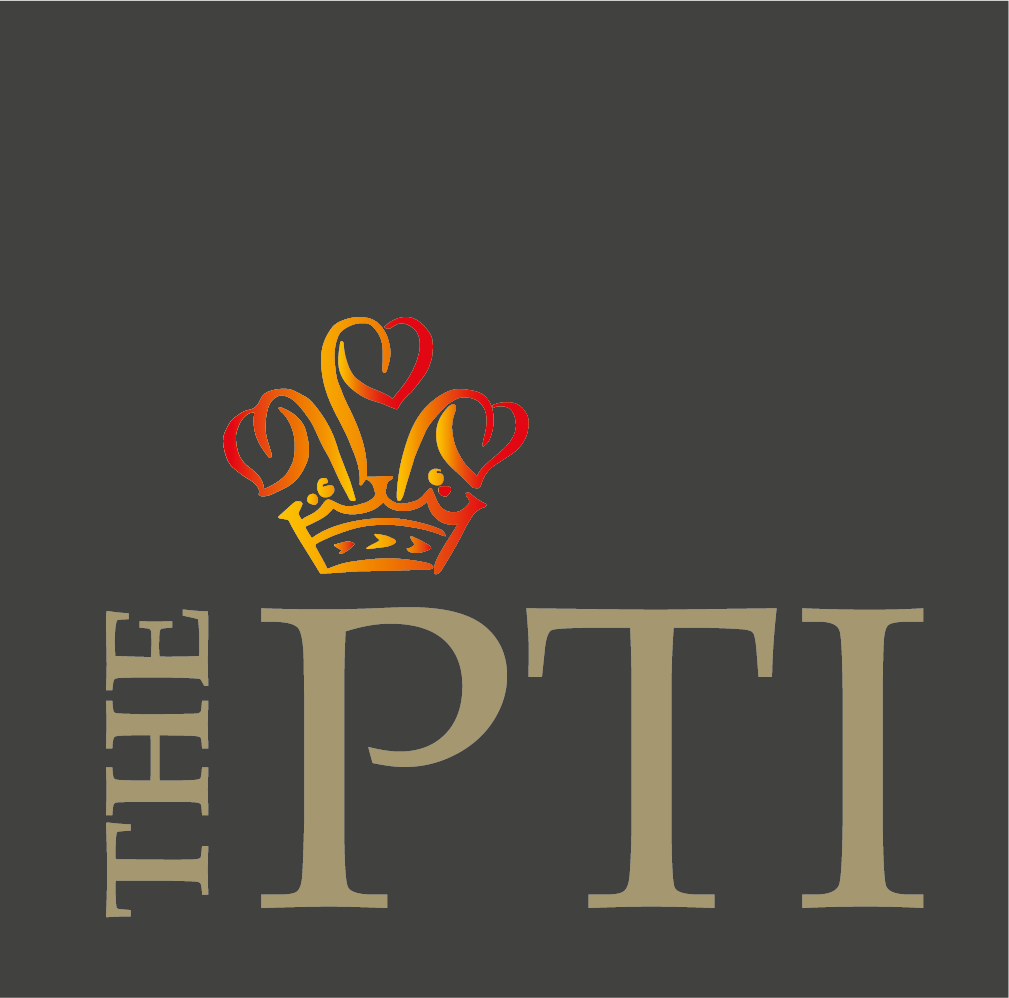Aim: The initial aim was to reduce the variation in marking quality across the school with a view to improving the quality of feedback given. It very quickly came to light that to improve outcomes the students’ response to feedback also needed to improve in order for them to progress in their learning.
Background: The two most recent Ofsted inspections had highlighted inconsistencies; there was some excellent practice within the school and some that required improvement. The aim of this project was to identify the good practice and use these departments and key staff to disseminate good practice across the curriculum.
Method:
Year 1: Deputy headteachers ran academic departmental reviews supported by the whole Senior Leadership Team (SLT) in terms of lesson observations and evaluations of the department. Summary reports for each subject were produced highlighting strengths and areas for development. Lead teachers for literacy and numeracy were appointed to develop teaching and learning (T&L) across the school with a particular focus on improving AfL by delivering training to disseminate good practice.
Year 2: By the end of Year 2 a common standard practice was in place throughout the school for marking, target setting and reviewing targets. It was visible to students and parents in their books and in reports sent home. It was visible to the SLT through the academic review process. Experienced personnel from outside the school helped to review and give quality assurance to SLT judgements. This was really helpful in securing confidence in the SLT’s assessment of practice in the school. Initiatives were implemented for students to respond to marking and feedback from teachers, and they became more aware of their current position and how they could improve.
Year 3: With the introduction of performance-related pay, the school updated its appraisal policy; where an improvement in marking was needed it was recorded and set as a clear target for improvement. An Improving Teaching Policy was introduced whereby all teachers were rated on a 1 to 4 scale in the following areas: planning; teaching; pupil progress; observation/learning walk and then an overall grade. This created a measurable snapshot of the quality of teaching and learning over time which could be compared with exam results. A working group was set up to adapt the over-arching school policy and provide autonomy in subject areas to develop departmental policies.
Evidence: Work scrutiny, subject department reviews, pupil voice, learning walks.
Impact: The review process continued to identify excellent practice and saw an increase in the quality of marking and engagement which is embedded throughout the school. It is clear that staff are committed to improving outcomes by engaging with high quality feedback through marking. The time and energy that has been invested has created a constructive dialogue amongst the vast majority of teachers.
Reflections: The challenges were convincing all of the SLT that the changes were necessary, then the middle leaders and the classroom teachers. There was resistance as the changes clearly meant an increase in workload. Whilst the quality of marking and feedback has improved, it has been difficult to increase student engagement with feedback at the same pace.
Contact: Michael Burr, mburr@writhlington.org.uk
Website: www.writhlington.org.uk/
